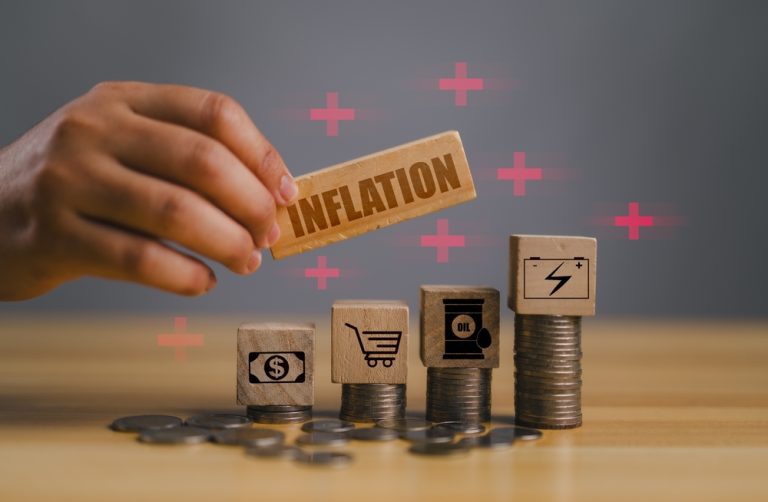New York Fed survey shows inflation expectations cooling
Concerns that Donald Trump’s aggressive trade stance would spark a surge in inflation appear to have vanished, according to a new survey released Tuesday by the Federal Reserve Bank of New York. The central bank’s June Survey of Consumer Expectations showed that inflation expectations for the next 12 months remain anchored at 3%, the same level reported in January before Trump took office.
This represents a 0.2 percentage point decline from May and a meaningful retreat from the March and April peak of 3.6%, when fears around blanket tariffs were at their highest. Since then, Trump has softened his approach, shifting from broad tariff threats to more measured negotiations with major trading partners.
Inflation stable despite isolated price concerns
So far, inflation data supports the tempered sentiment. The consumer price index rose just 0.1% in May, and the annual inflation rate now stands at 2.4% — still slightly above the Federal Reserve’s 2% target but well below crisis levels.
Inflation expectations for the longer term remain steady. Respondents in the New York Fed survey forecast inflation at 3% over three years and 2.6% over five years, unchanged from May’s results. However, worries persist in some categories. Expected price increases remain elevated for medical care (9.3%), gas (4.2%), rent and college tuition (both at 9.1%), and food (5.5%).
Job market sentiment also improves
The survey also captured a more optimistic outlook for employment. Expectations for a higher unemployment rate dropped by 1.1 percentage points. At the same time, the likelihood that a respondent would lose their job in the coming year fell to 14%, marking the lowest level since December and an encouraging sign of labor market resilience.
These results suggest that while consumers remain cautious about specific cost pressures, the broader fear of tariff-induced inflation has abated. As the Trump administration continues to navigate trade talks, markets appear to be adjusting to a more stable pricing environment — at least for now.


